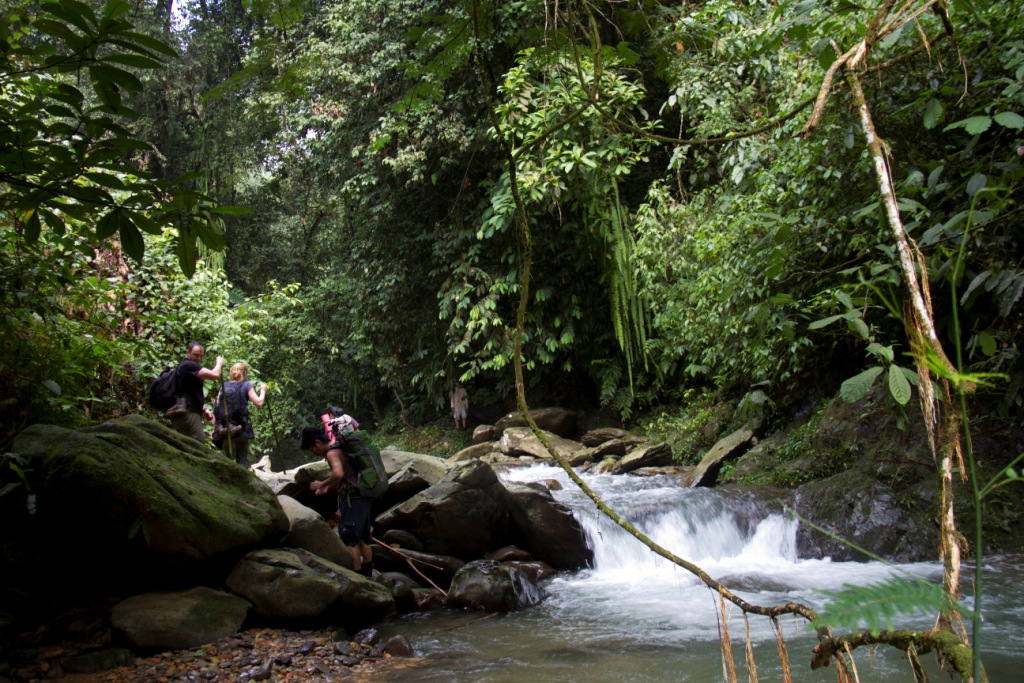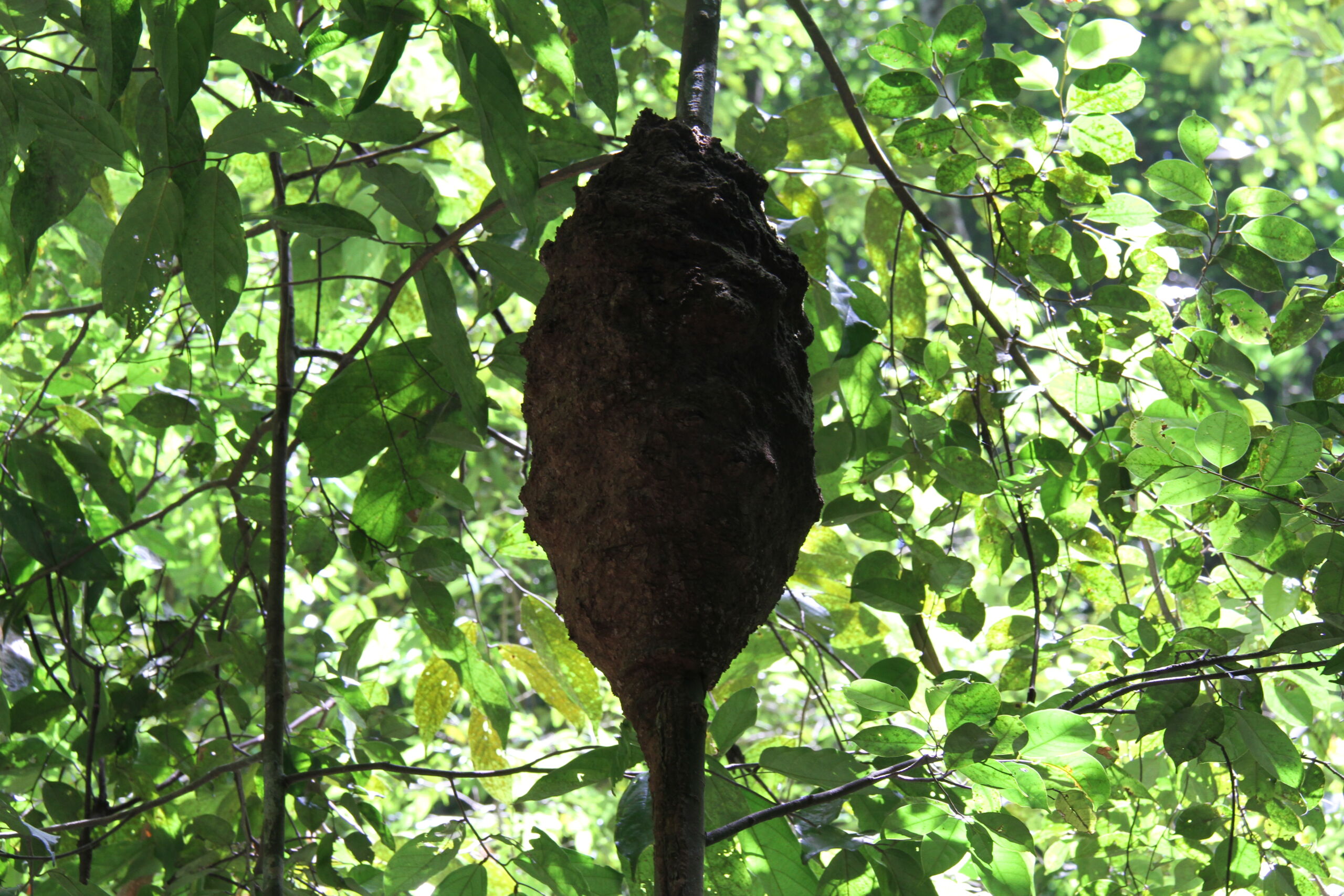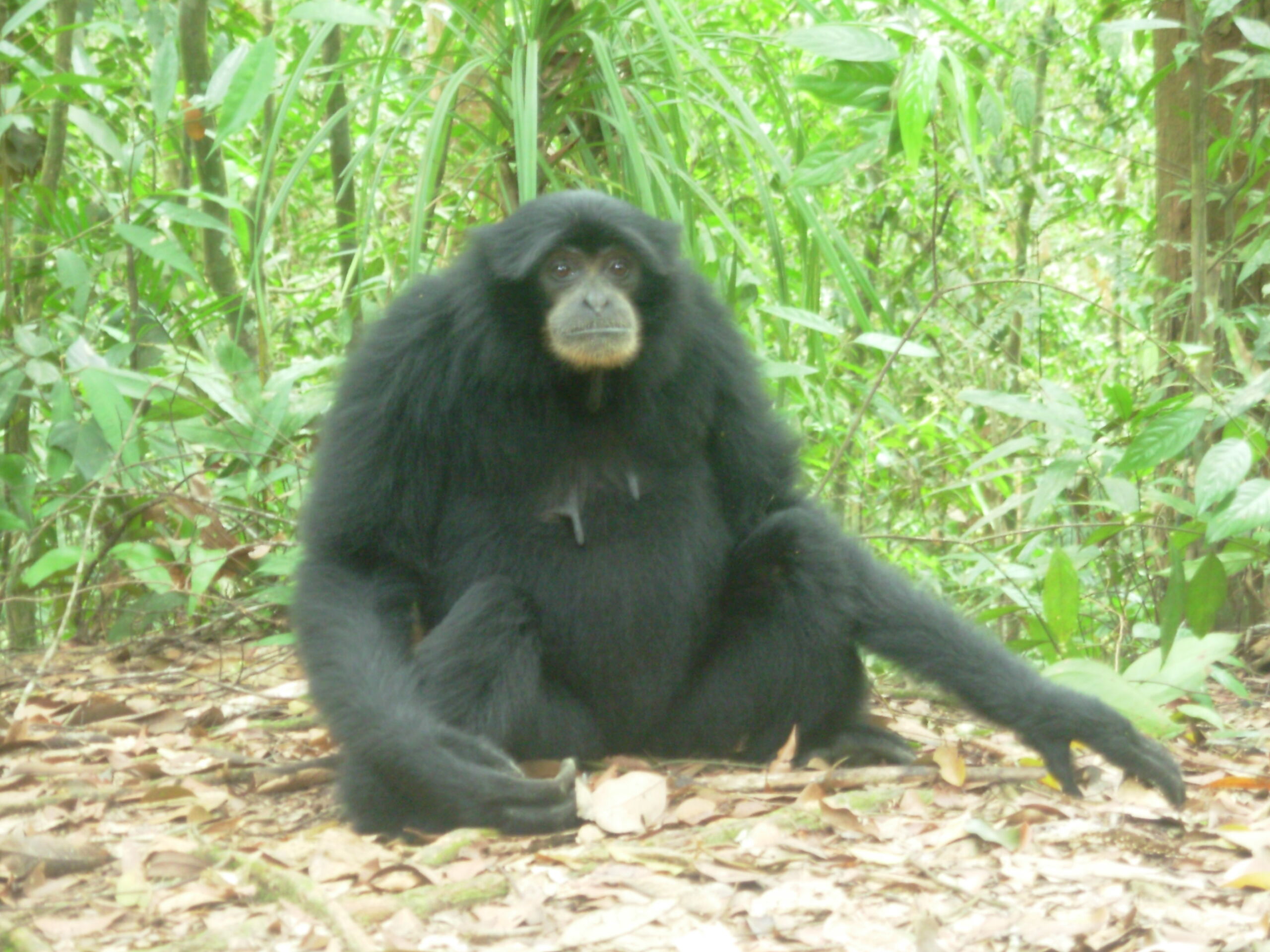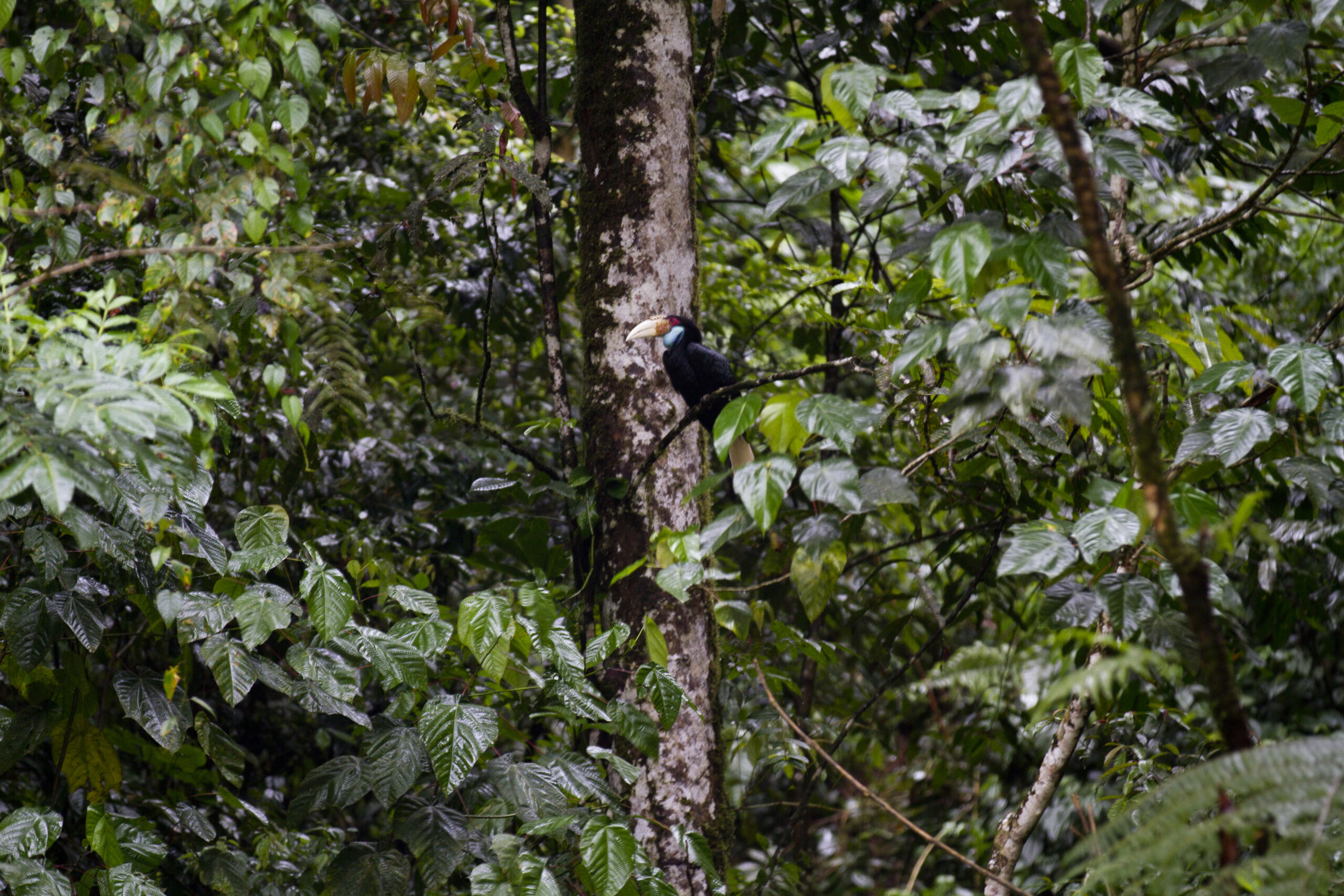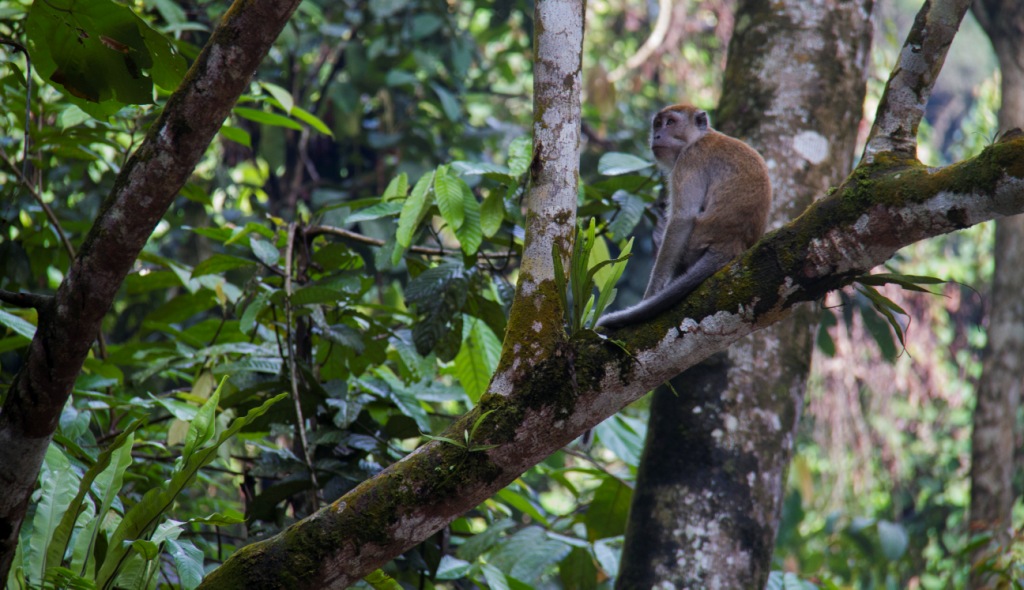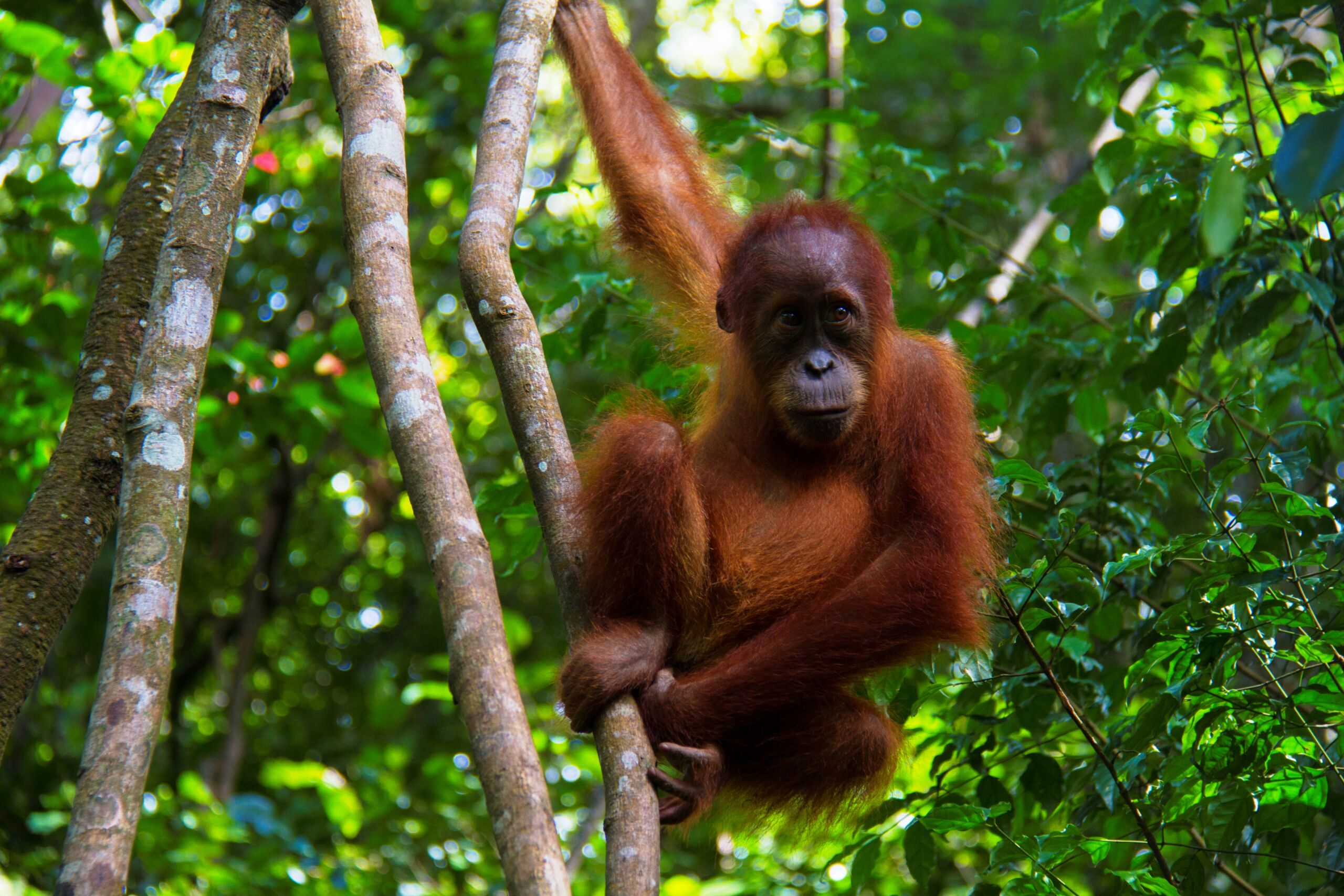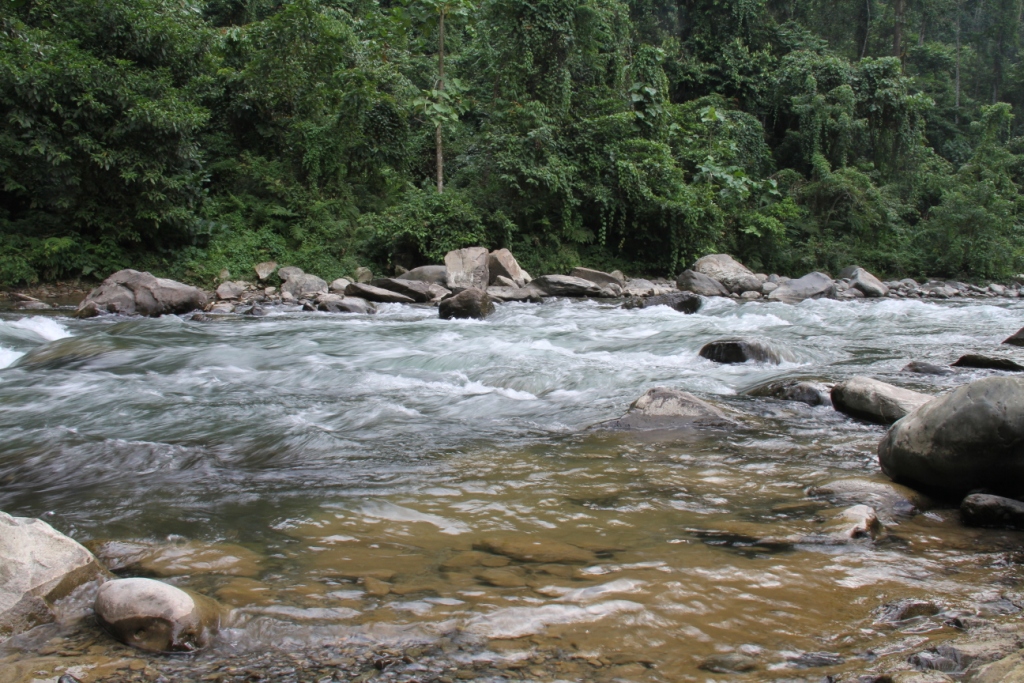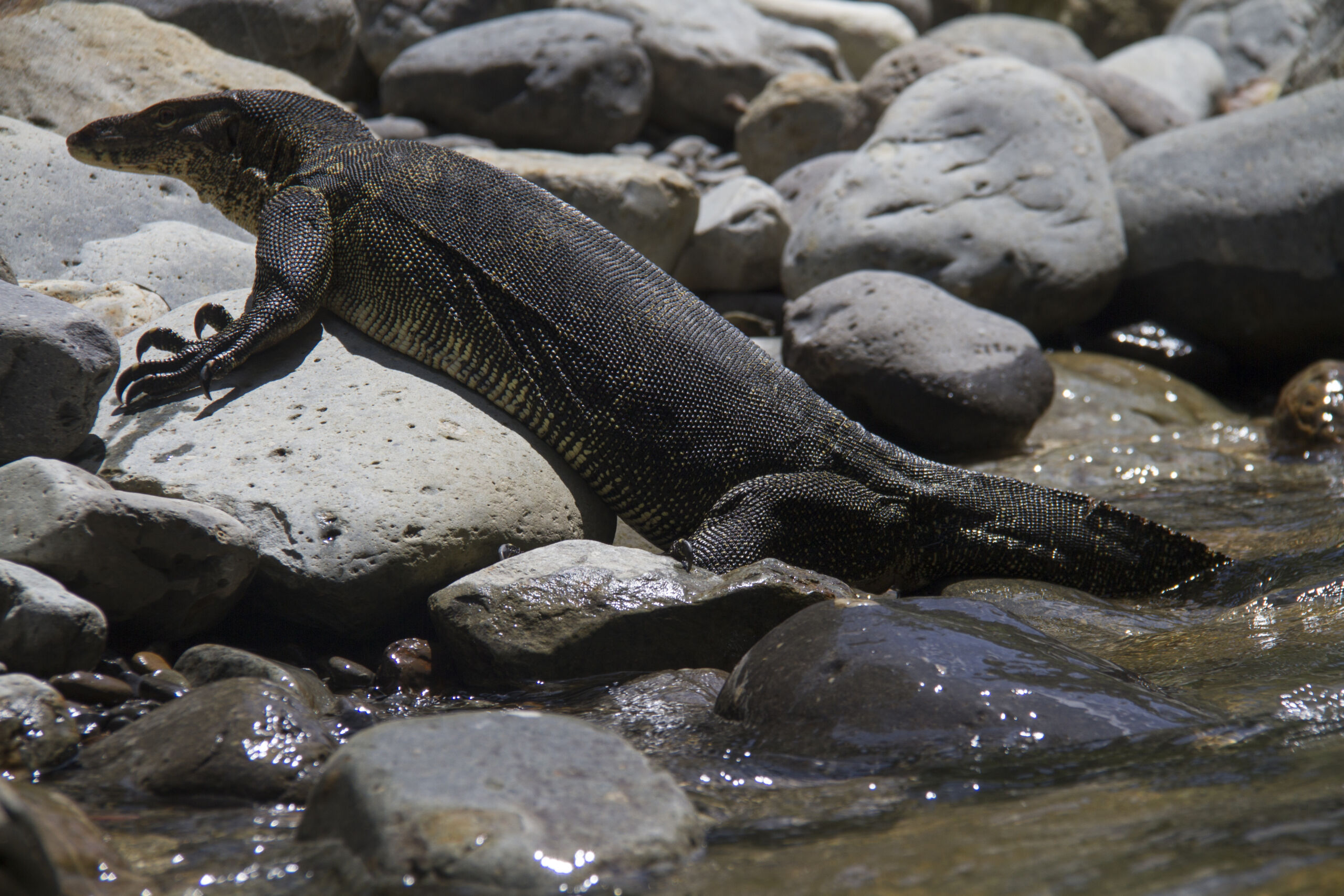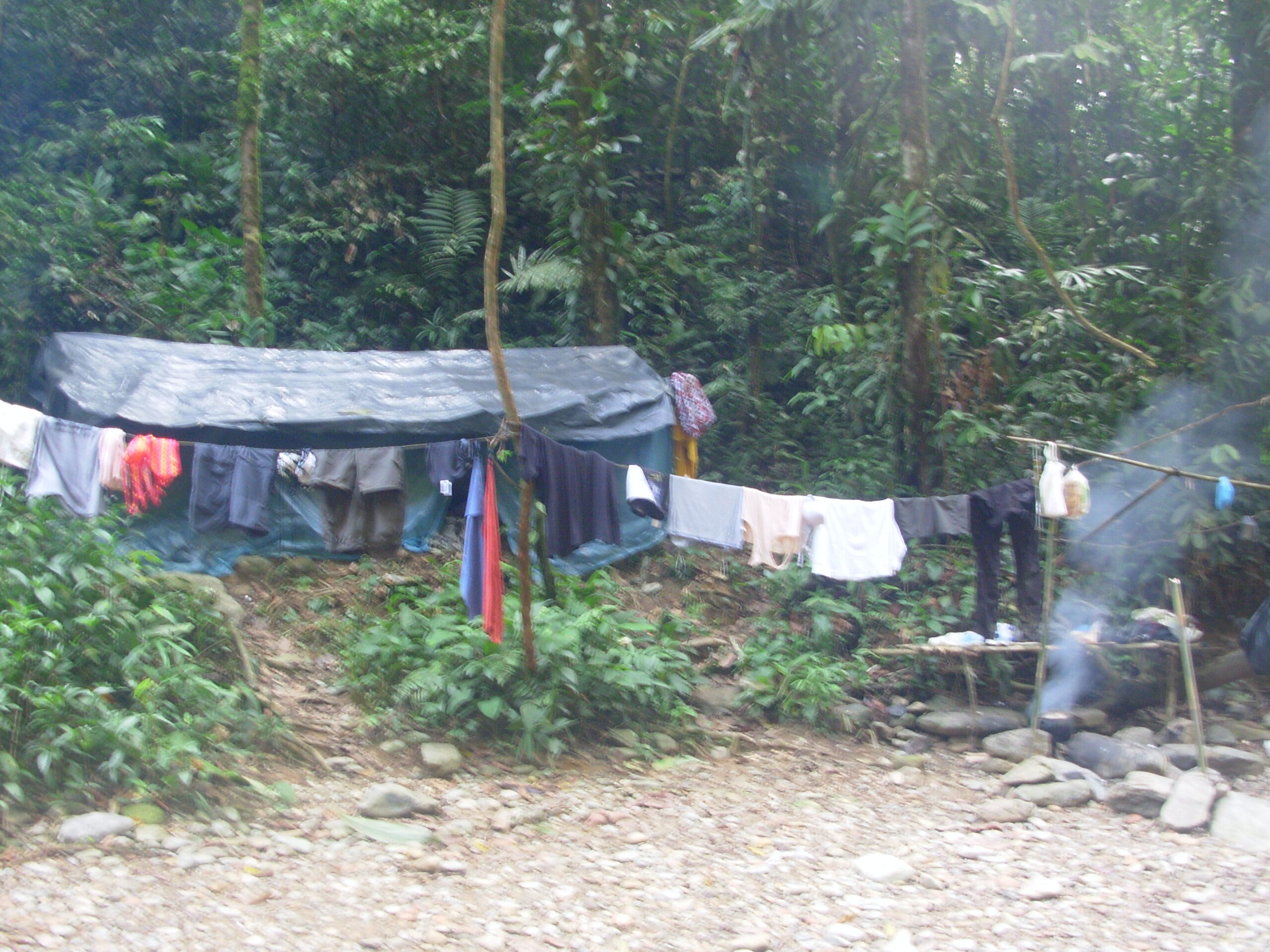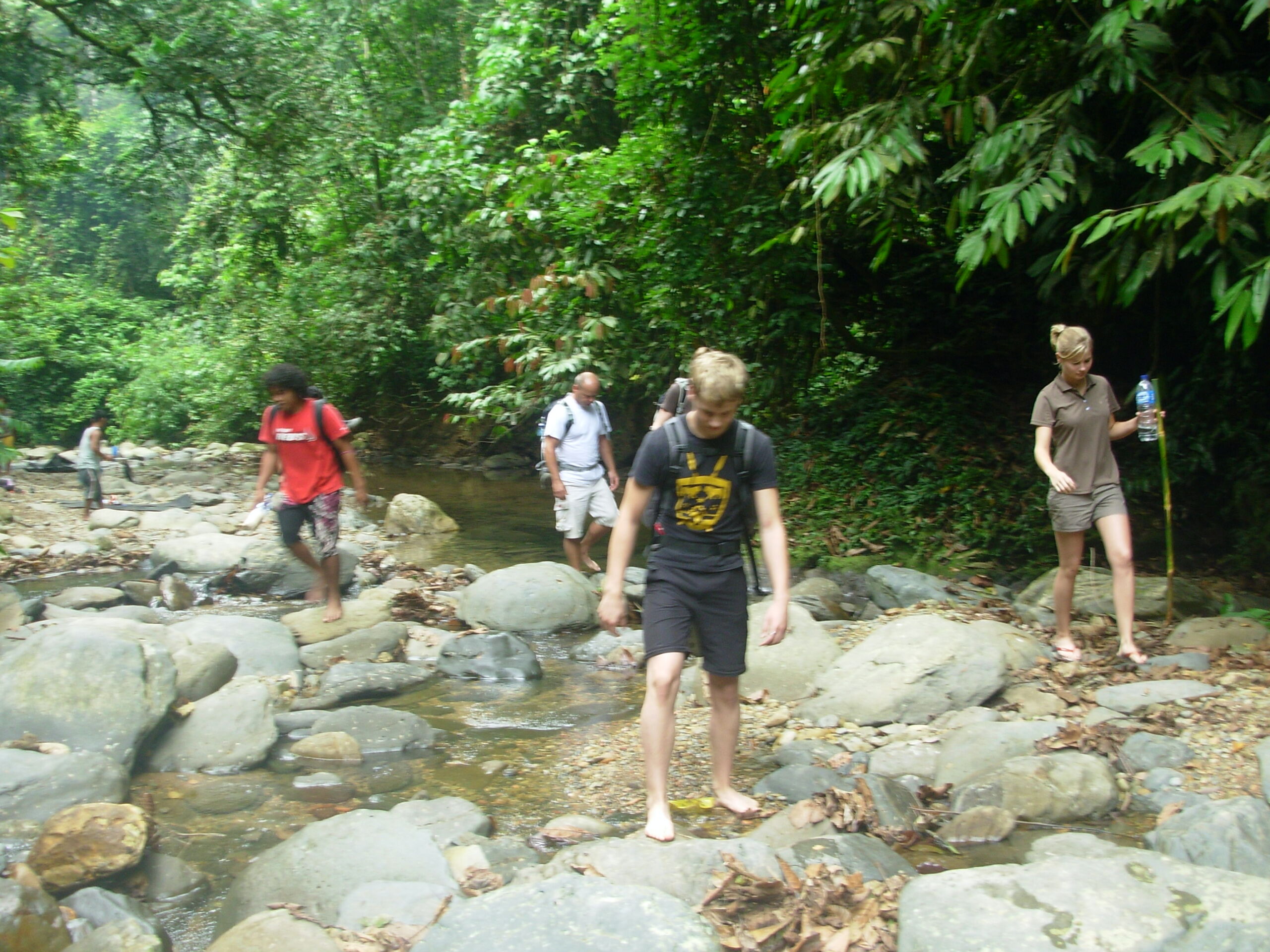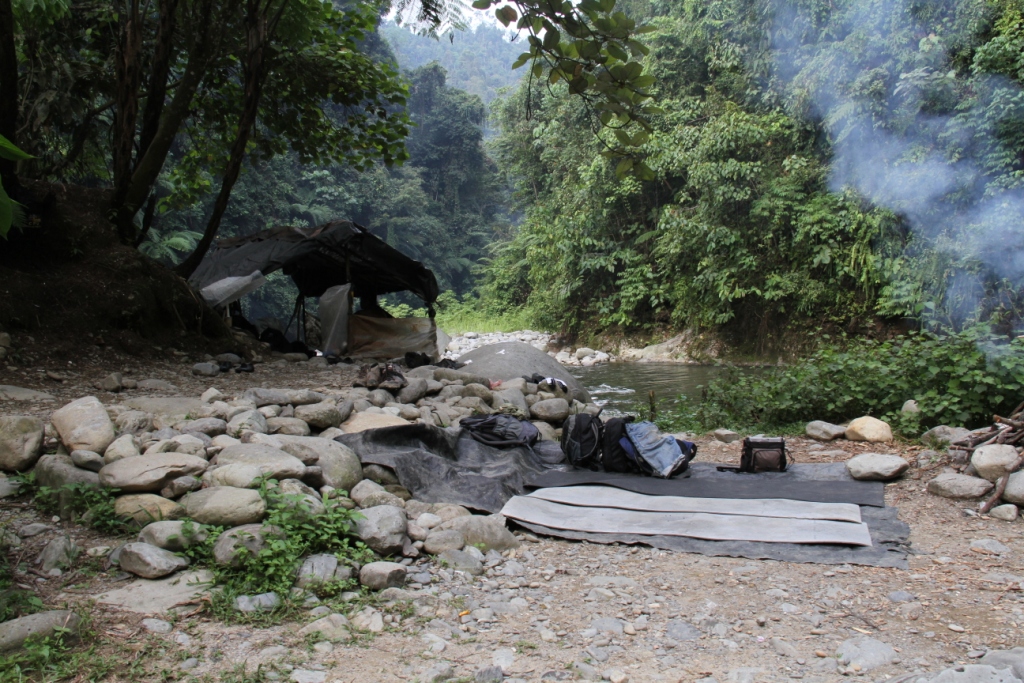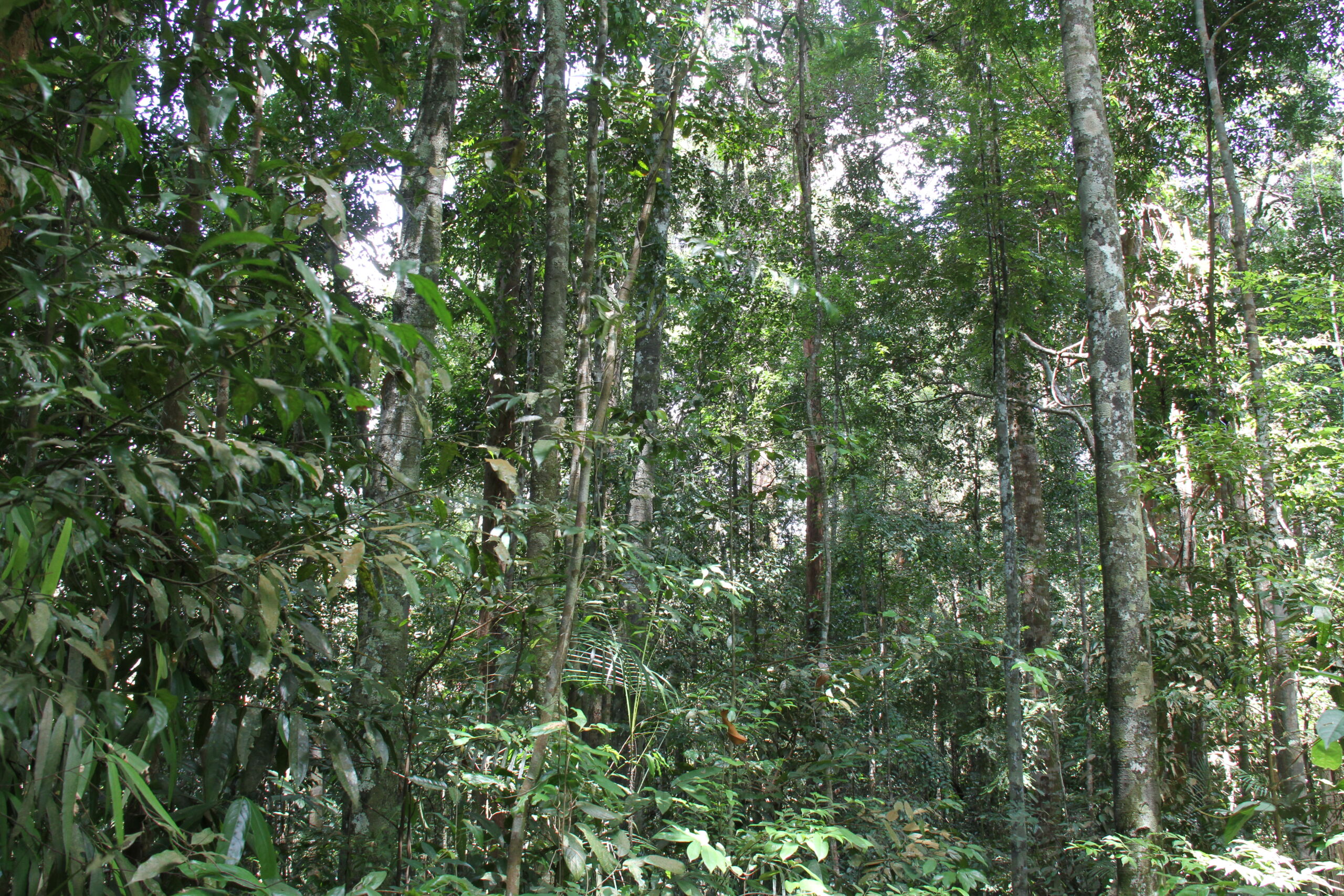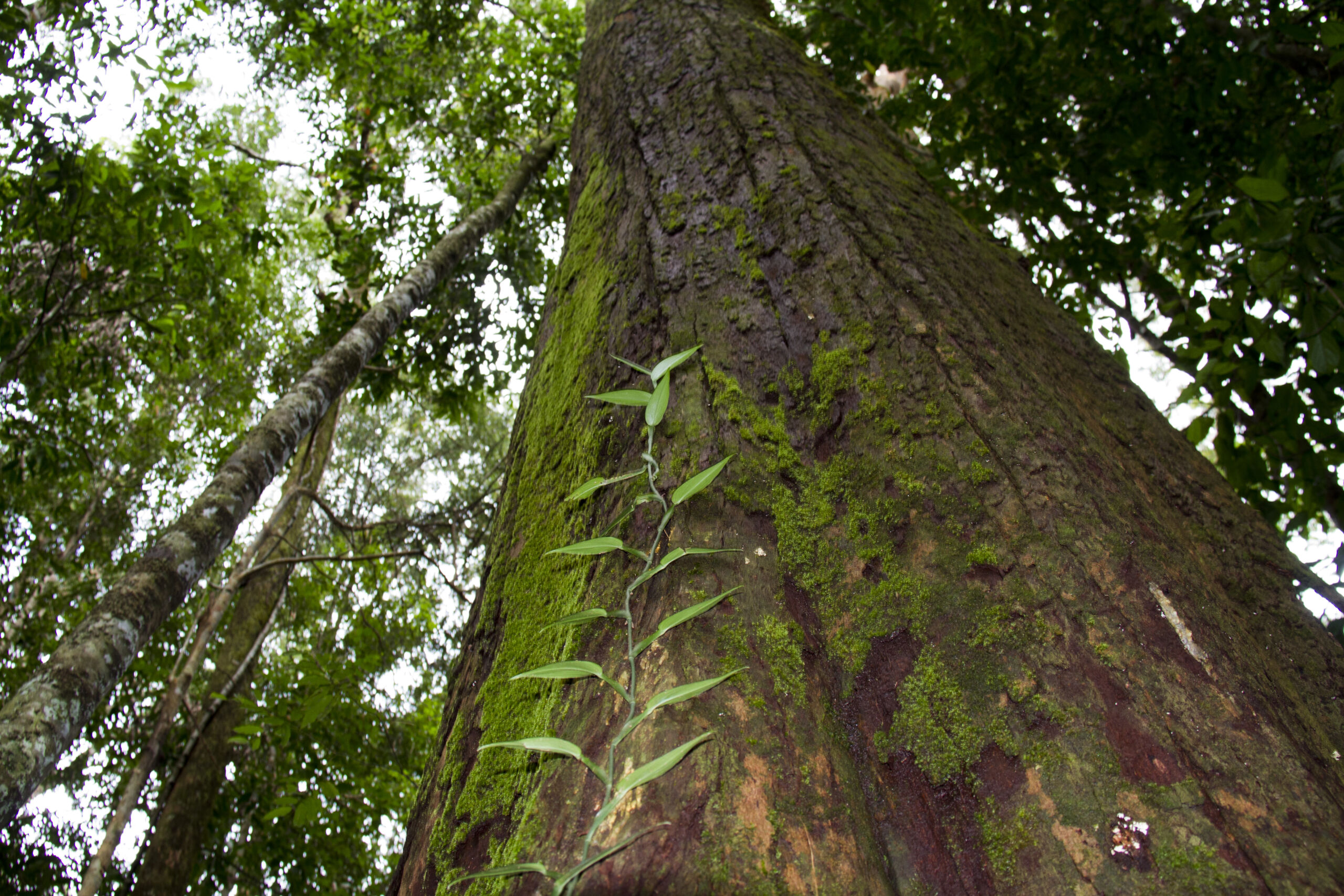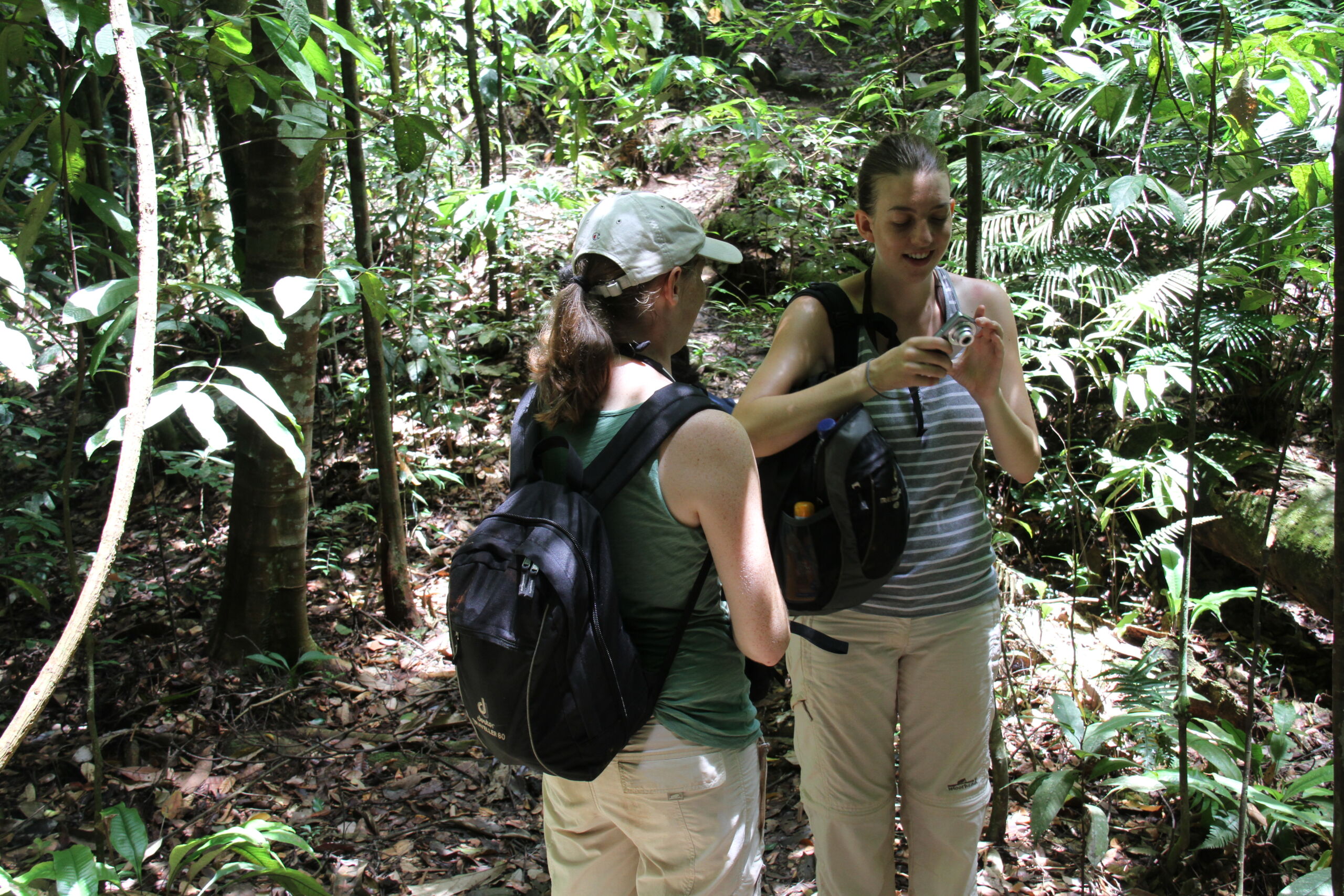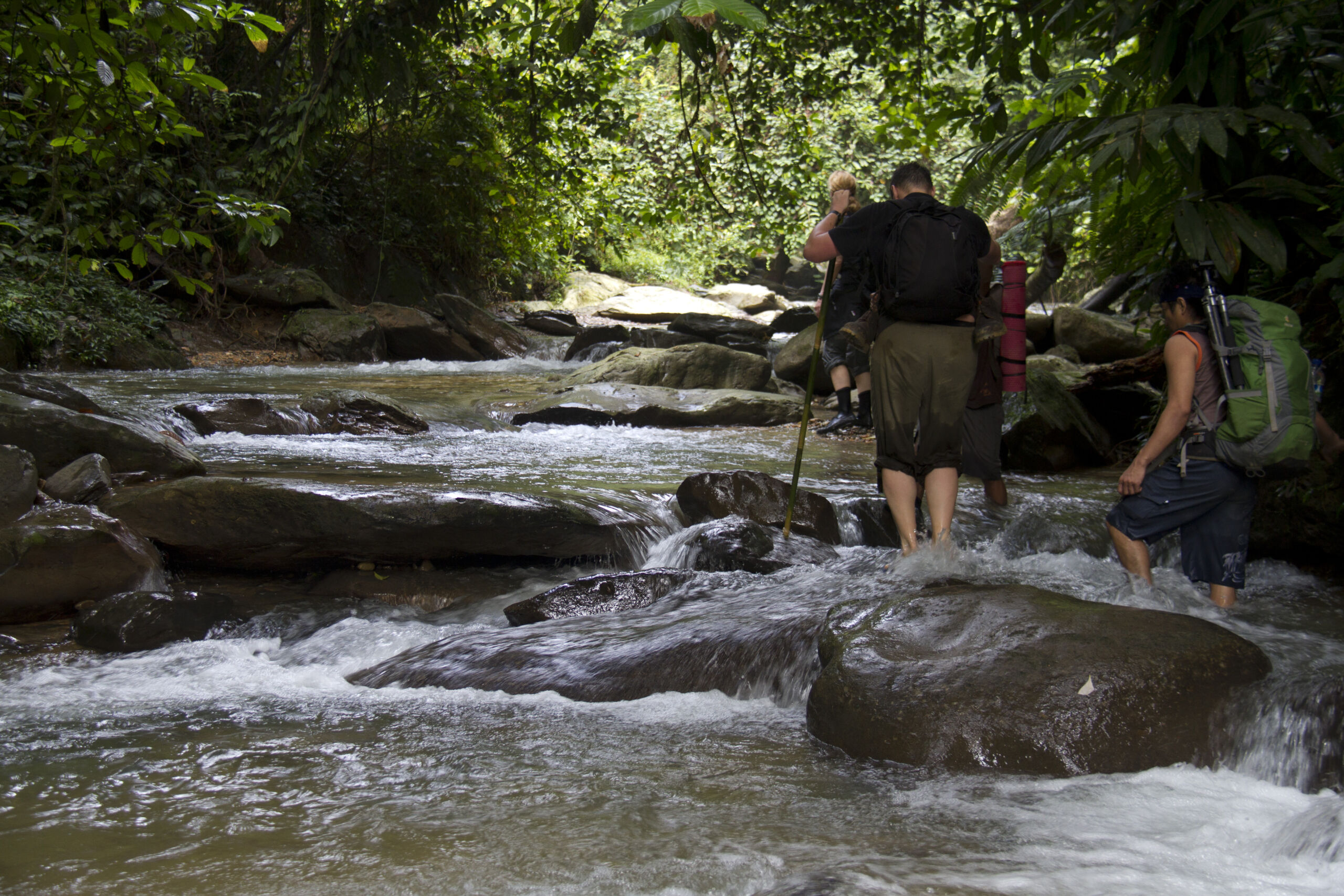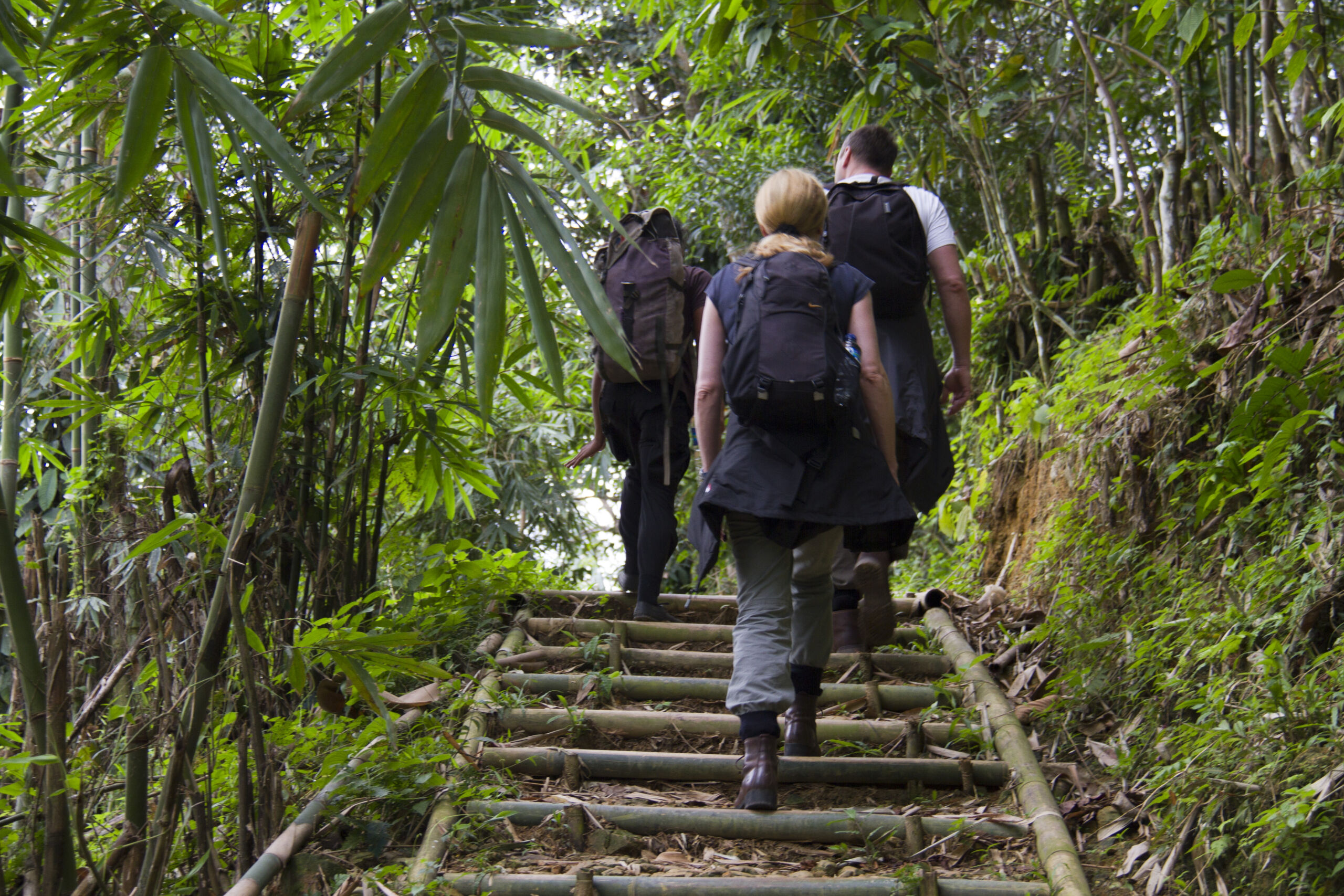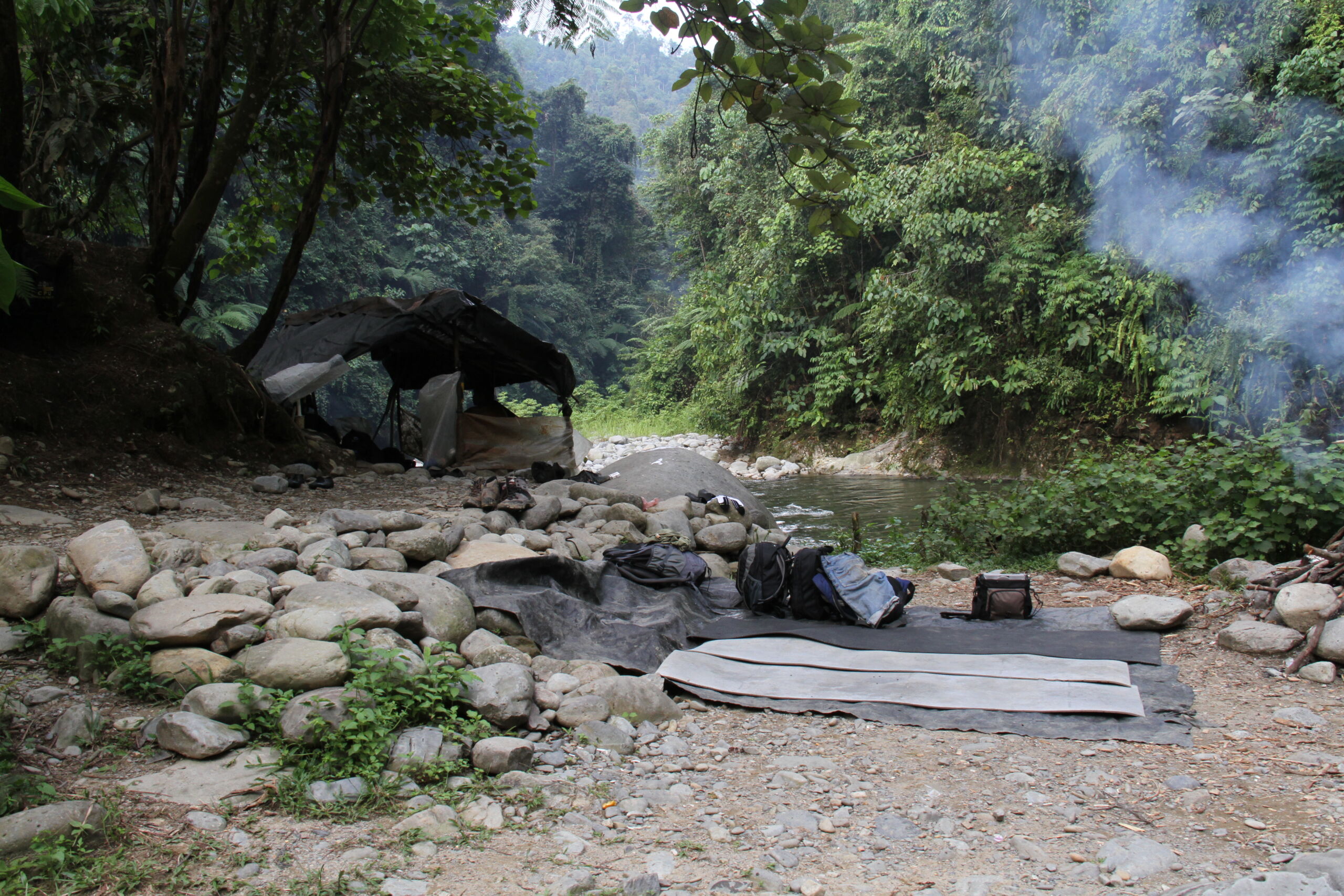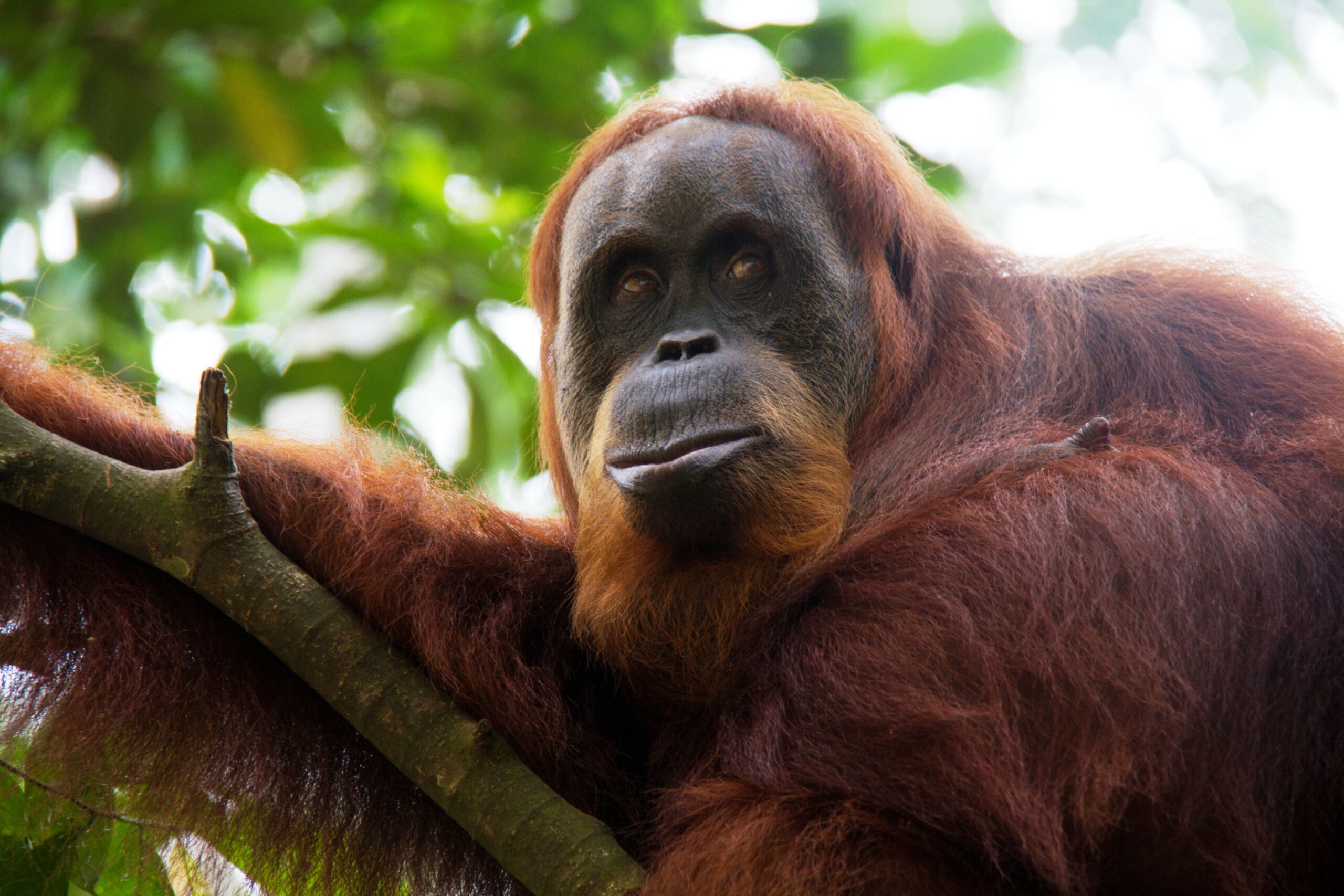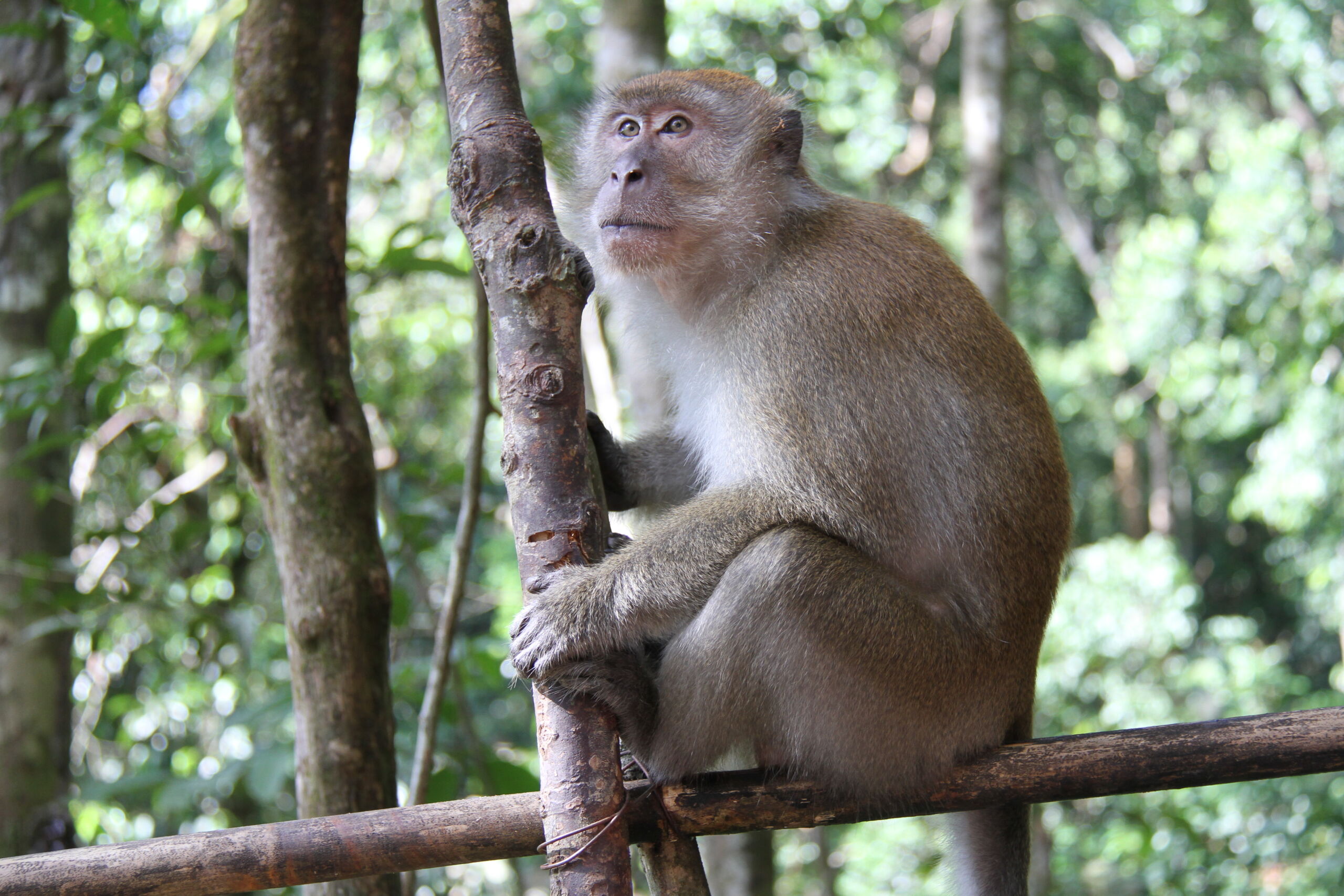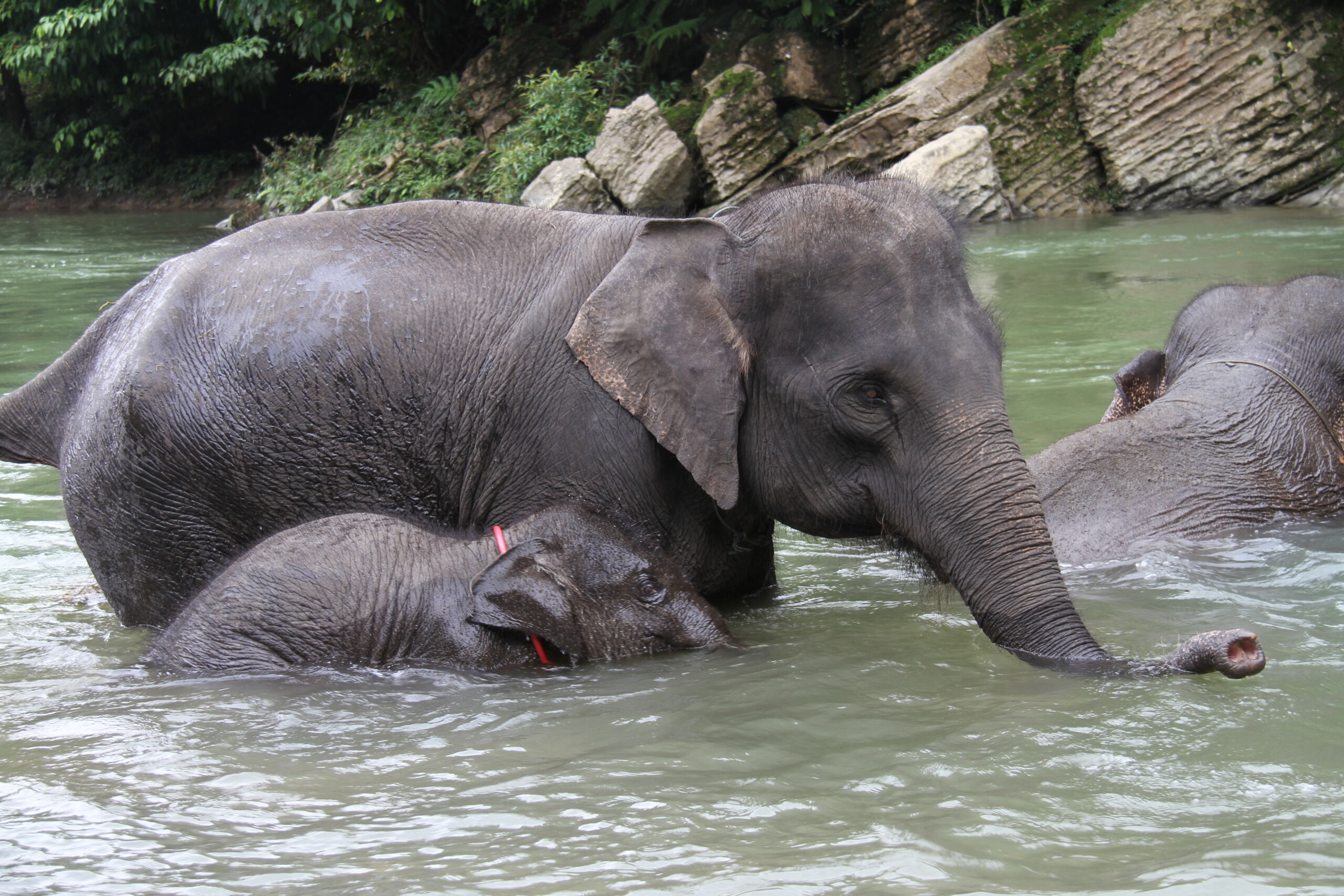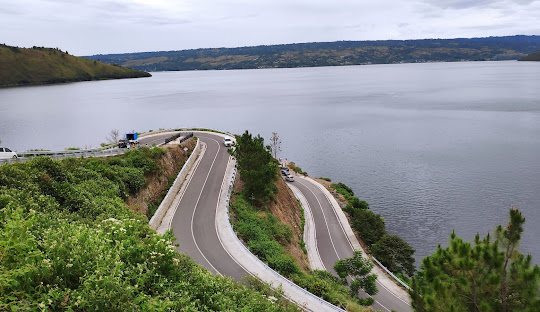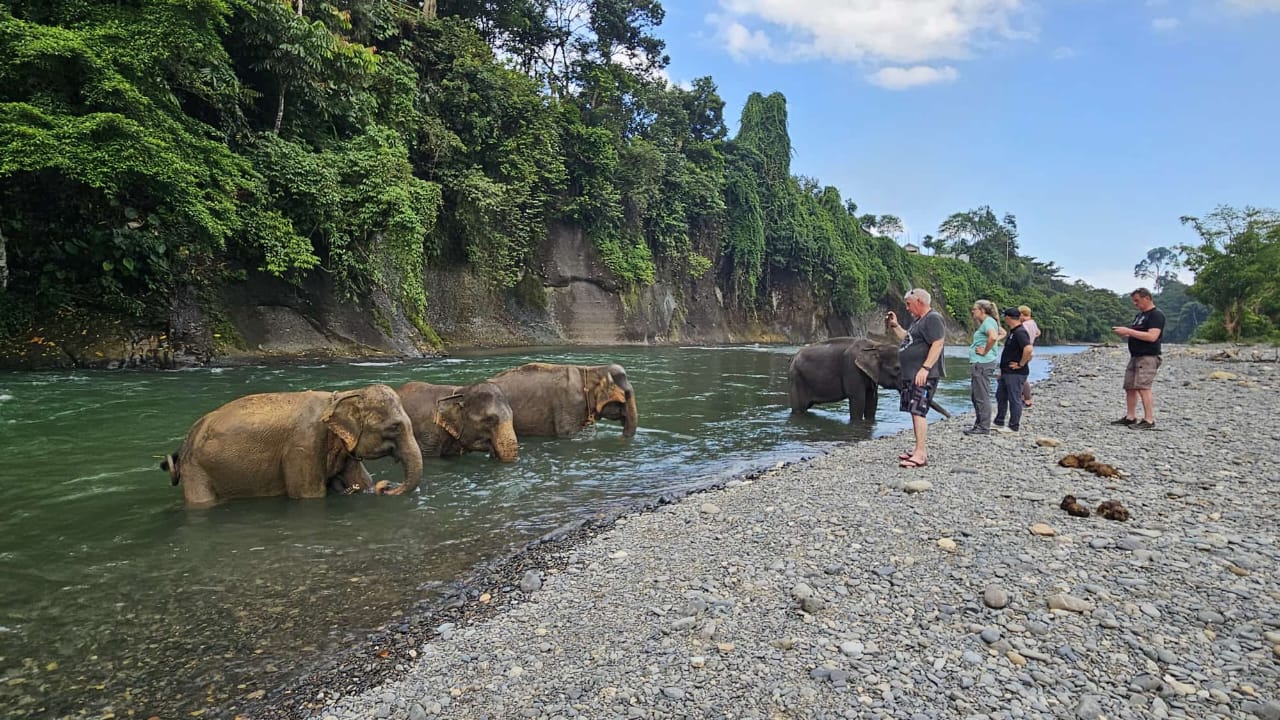A Comprehensive Overview of Sumatran Wildlife
Introduction
Sumatra, the largest island entirely in Indonesia and the sixth-largest island in the world, is a biological treasure trove. Its rainforests, mangroves, peat swamps, and montane ecosystems form part of the Sundaland Biodiversity Hotspot, recognized by UNESCO and the WWF as among the most critical for global conservation.
The island’s isolation, tropical climate, and diverse habitats have fostered extraordinary levels of endemism — many species found here exist nowhere else on Earth. Sadly, Sumatra is also a frontline for deforestation and wildlife loss.
Mammals of the Sumatran Jungles
Sumatra hosts over 200 species of mammals, including iconic megafauna and many endemic primates, small carnivores, and bats.
1. Large Mammals
-
Sumatran Tiger (Panthera tigris sumatrae)
The smallest and darkest tiger subspecies; critically endangered with fewer than 400 individuals left in the wild. Found mainly in Gunung Leuser, Kerinci Seblat, and Bukit Barisan Selatan National Parks. -
Sumatran Elephant (Elephas maximus sumatranus)
A subspecies of the Asian elephant, smaller and with relatively straight tusks. Forest loss and human conflict have severely reduced their numbers. -
Sumatran Rhinoceros (Dicerorhinus sumatrensis)
The only Asian rhino with two horns, and the most ancient of all living rhinoceroses. Fewer than 80 remain in highly fragmented populations. -
Malayan Tapir (Tapirus indicus)
A distinctive black-and-white herbivore, one of the oldest surviving mammal lineages in Asia. -
Sun Bear (Helarctos malayanus)
The world’s smallest bear species, recognized by its golden chest patch and arboreal habits.
2. Primates
-
Sumatran Orangutan (Pongo abelii)
Critically Endangered; an intelligent, slow-breeding great ape reliant on intact rainforest. -
Tapanuli Orangutan (Pongo tapanuliensis)
Discovered in 2017; the rarest great ape species, with fewer than 800 individuals confined to the Batang Toru Ecosystem. -
Siamang (Symphalangus syndactylus)
The largest gibbon, known for its deep, echoing calls that maintain pair bonds. -
Thomas’s Leaf Monkey (Presbytis thomasi)
Endemic to northern Sumatra; notable for its mohawk-like crest. -
Pig-tailed Macaque (Macaca nemestrina) and Long-tailed Macaque (Macaca fascicularis)
Both are highly adaptable and found in lowland forests.
3. Smaller Carnivores and Other Mammals
-
Sumatran Clouded Leopard (Neofelis diardi diardi) – elusive arboreal predator.
-
Asian Golden Cat (Catopuma temminckii) and Leopard Cat (Prionailurus bengalensis) – smaller forest felines.
-
Binturong (Arctictis binturong) – the “bearcat,” a fruit-eating civet with a prehensile tail.
-
Palm and Masked Civets, Otters, Porcupines, and Flying Squirrels are also widespread.
-
Bats and shrews dominate the small-mammal fauna, with many species endemic to Sumatran caves and forests.
Birds of Sumatra
Sumatra boasts over 580 recorded bird species, including 33 endemics and several critically endangered species. The island’s varied topography supports montane specialists, forest dwellers, and migratory waterbirds.
Key Bird Groups & Species
-
Hornbills:
-
Rhinoceros Hornbill (Buceros rhinoceros)
-
Helmeted Hornbill (Rhinoplax vigil) – hunted for its solid casque; now Critically Endangered.
-
-
Pheasants and Ground Birds:
-
Great Argus (Argusianus argus), Crested Fireback, Sumatran Ground Cuckoo (Carpococcyx viridis) – extremely rare.
-
-
Raptors:
-
Crested Serpent Eagle, Wallace’s Hawk-Eagle, Mountain Hawk-Eagle.
-
-
Waterbirds:
-
White-winged Duck (Asarcornis scutulata) – rare in swampy lowlands.
-
Storm’s Stork (Ciconia stormi) – Endangered.
-
-
Songbirds:
-
Sumatran Drongo, Sumatran Treepie, Shama Thrush, Sunbirds, Broadbills, and Kingfishers.
-
Many species are threatened by the illegal songbird trade, particularly colorful or melodious species.
Reptiles
Sumatra’s tropical climate supports a diverse array of reptiles across forests, rivers, and wetlands.
-
King Cobra (Ophiophagus hannah) – the world’s longest venomous snake.
-
Reticulated Python (Malayopython reticulatus) – one of the world’s largest snakes.
-
Sumatran Pit Viper (Trimeresurus sumatranus) – endemic forest dweller.
-
Water Monitor (Varanus salvator) and Bengal Monitor (Varanus bengalensis) – large lizards found throughout.
-
Crocodiles – especially Estuarine Crocodile (Crocodylus porosus) in coastal zones and river deltas.
-
Turtles and Terrapins – such as the Asian Box Turtle and Softshell Turtle.
Amphibians
The humid rainforests of Sumatra harbor a rich variety of frogs and toads, including many endemic species.
-
Sumatran Torrent Frog (Huia sumatrana) – thrives in fast-moving streams.
-
Tree Frogs (Rhacophorus spp.) – some capable of gliding between trees.
-
Leptobrachium and Megophrys species – ground-dwelling leaf frogs.
-
Microhylid Frogs – tiny and often restricted to specific mountain ranges.
Amphibians are important bioindicators of ecosystem health but face threats from pollution and habitat loss.
Freshwater Life
Sumatra’s rivers, swamps, and crater lakes (such as Lake Toba) support hundreds of fish and aquatic species.
-
Mahseer (Tor tambroides) – prized river fish.
-
Catfish, Gouramis, Rasboras, Barbs, and Loaches dominate freshwater systems.
-
Endemic Lake Fish – several species found only in Lake Toba and Kerinci.
-
Freshwater Turtles and Softshells inhabit rivers and peat swamps.
Insects and Invertebrates
The invertebrate life of Sumatra is staggering in diversity and ecological importance.
-
Butterflies & Moths – Atlas Moth, Birdwing Butterflies (Troides spp.), Swallowtails.
-
Beetles – Rhinoceros Beetles, Stag Beetles, Jewel Beetles.
-
Ants, Termites, and Bees – crucial for pollination and forest cycling.
-
Stick Insects, Praying Mantises, and Spiders – numerous endemic species adapted to forest microhabitats.
Ecosystems Supporting Wildlife
-
Lowland Rainforests – richest biodiversity, home to elephants, tigers, orangutans.
-
Montane Forests – cooler, cloud-covered areas supporting rare birds and amphibians.
-
Peat Swamp Forests – vital for carbon storage and species like the Sumatran tiger and tapir.
-
Mangroves and Coastal Wetlands – crucial for fish nurseries and waterbirds.
Key protected areas include:
-
Gunung Leuser National Park
-
Kerinci Seblat National Park
-
Bukit Barisan Selatan National Park
(these three form the Tropical Rainforest Heritage of Sumatra, a UNESCO World Heritage Site)
Threats to Sumatran Wildlife
Despite its ecological value, Sumatra’s wildlife faces severe threats:
-
Deforestation for palm oil, logging, and mining.
-
Habitat fragmentation, isolating species populations.
-
Poaching and illegal wildlife trade, especially tigers, hornbills, and songbirds.
-
Human–wildlife conflict as forests shrink.
-
Climate change altering rainfall and forest structure.
Conservation Efforts
-
National parks and protected areas cover significant but fragmented habitats.
-
Leuser Ecosystem conservation initiatives protect tigers, rhinos, and orangutans.
-
Wildlife rehabilitation centers (e.g., Bukit Lawang for orangutans).
-
Anti-poaching patrols and community education programs.
-
Reforestation and sustainable palm oil movements aim to restore critical corridors.
Bukit Lawang is Gateway to Sumatra Orangutan and Sumatra Jungle Trekking
Bukit Lawang is Gateway to Sumatra Orangutan and Sumatra Jungle Trekking Bukit Lawang, a charming eco-village nestled at the [...]
Tangkahan Hidden Paradise Sumatran Elephant Sanctuary
Tangkahan & the Sumatran Elephant: A Story of Nature, Conservation & Culture Tangkahan: Indonesia’s Hidden Jungle Sanctuary Where is [...]
Berastagi Karo Highland
Berastagi – The Karo Highland Retreat of North Sumatra Berastagi (sometimes spelled Brastagi) is a serene highland town [...]
Lake Toba Parapat and Samosir Island
Lake Toba – Indonesia’s Largest Volcanic Wonder" Discover Lake Toba: The Largest Volcanic Lake in the World [...]
Sumatra wildlife overview
A Comprehensive Overview of Sumatran Wildlife Introduction Sumatra, the largest island entirely in Indonesia and the sixth-largest island in [...]

